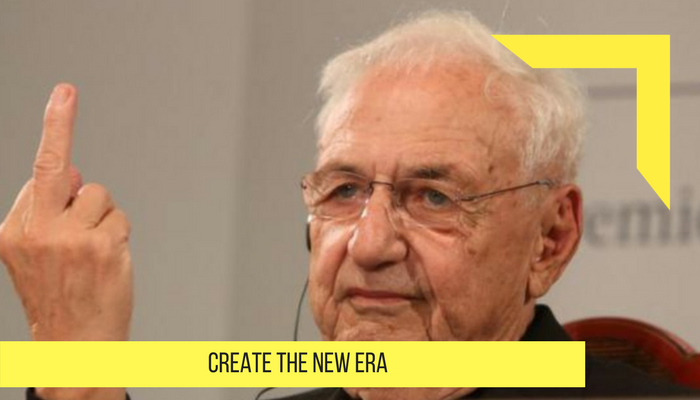What Frank Gehry made innovation for architecture.
Established in 2002, Gehry’s proprietary software and consulting business Gehry Technologies was developed to adapt technology used in the aerospace and automotive industries to complex architectural forms. Not only has Gehry Technologies played an integral role in developing the architect’s signature style, it has also provided consulting services for Herzog and de Meuron’s Beijing National Stadium, Ateliers Jean Nouvel’s Louvre Abu Dhabi and many others.
Create the new era
In our post-Gehry era, prominent architects often design buildings that seem unbuildable. This is where Gehry Technologies comes in.
The first generation of architecture and engineering software was developed in the late 1970s. It allowed designers to draw via the computer instead of on paper. But the results were still just drawings. In the 1990s, Frank Gehry pioneered a second generation of “smart” digital design in architecture, by using software to optimize designs and translate them directly into a process of fabrication and construction.
Now known in the industry as parametric design and building information modeling, this approach has ushered in a new era of architecture, according to art historian Irene
Beginning of CATIA
Jim Glymph, Gehry’s “office hippie,” turned to a program called CATIA, a C++ software package developed by an aerospace manufacturer. The manufacturer, Dassault Systems, first used it in 1977 to design the Mirage fighter jet.
What is CATiACATIA described digital models using parametric Bézier curves (or vectors) and 3D surface algorithms. The model is defined by a set of control points and the mathematical functions, or surfaces, that stretch between them. The parameters of these functions can be freely adjusted, making a Bézier surface accurate at any scale -- unlike other software Glymph had tried. IBM loaned four $130,000 workstations to Gehry’s office to complete the work using CATIA, and within six months the Barcelona Fish was built, on budget.
A New Kind of Building
Meanwhile, Gehry had been struggling with a larger project: the Walt Disney Concert Hall in Los Angeles. Based on the success of the Barcelona Fish, he turned to CATIA. Gehry’s firm used a CATIA model to minimize the number of stone panels with custom -- and therefore expensive -- complex curves. As the design evolved, each element was drawn and redrawn in 2D. In 1994, contractors’ bids based on these drawings came back at $180M. This was double the target budget, and for a major public project, it was a scandal. Los Angeles Magazine ran a story called “Taking the Fall: Is the Disney Hall Fiasco Really Frank Gehry’s Fault?”





































